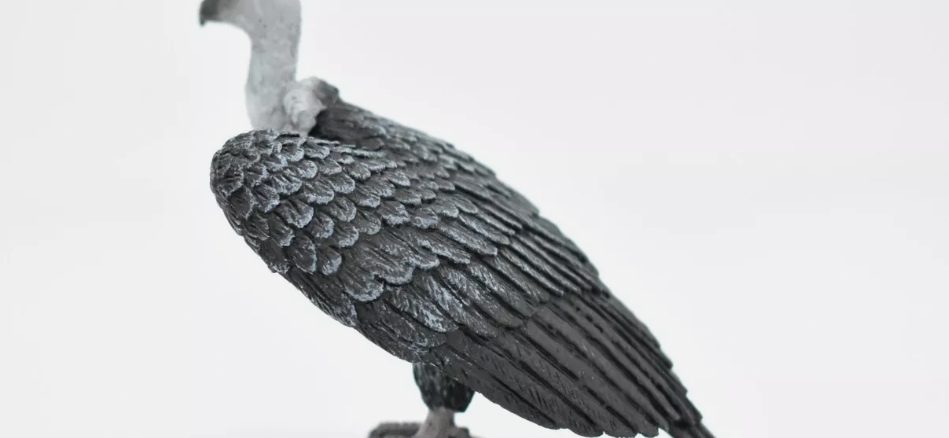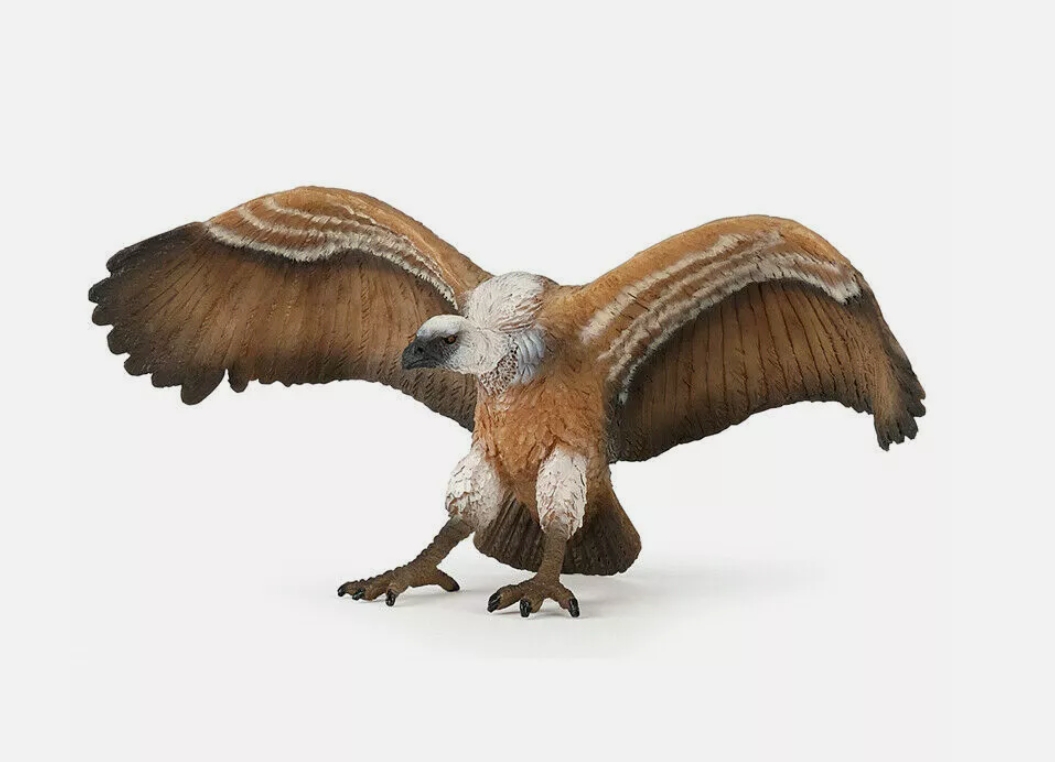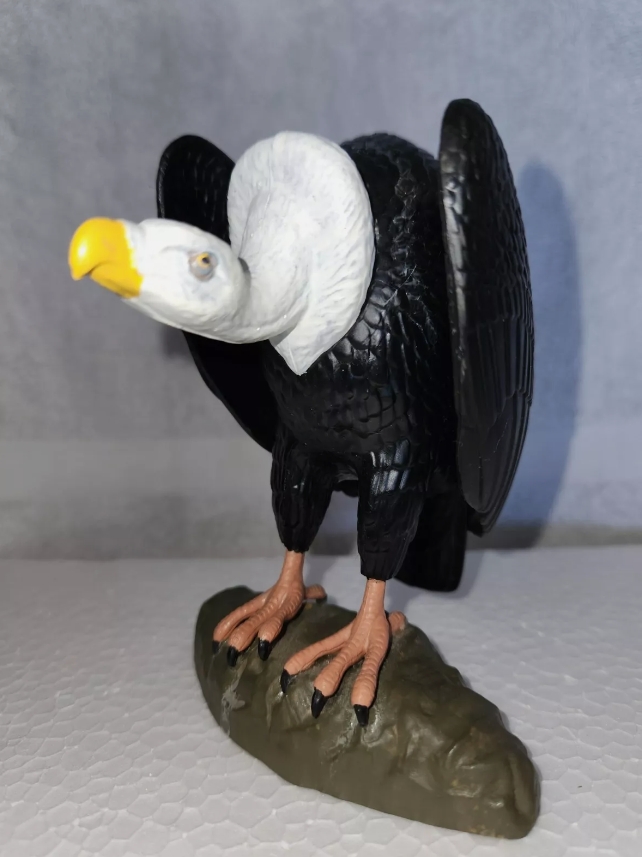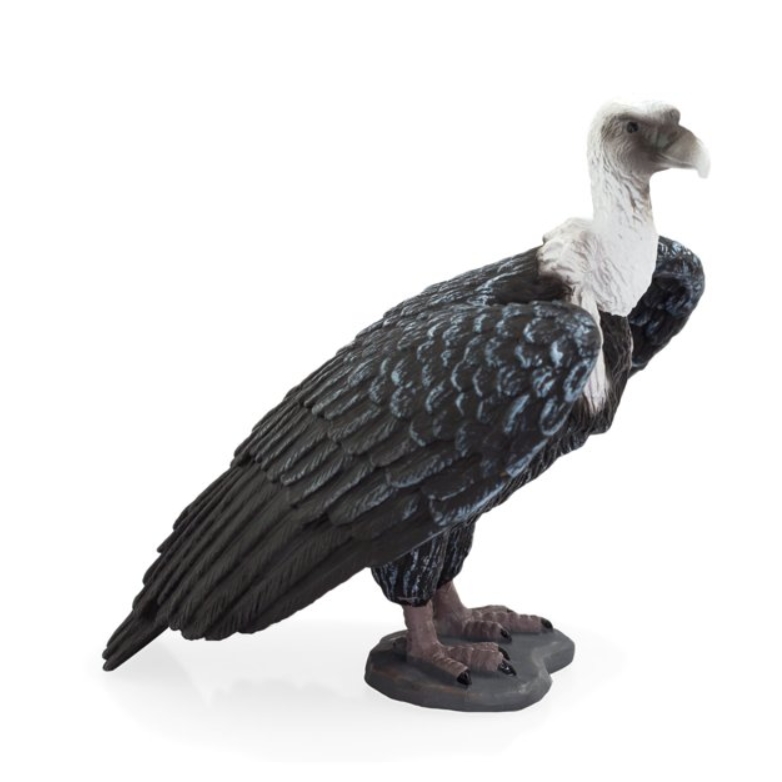The vulture model is an ecological model applied in complex systems, based on the survival strategies of vultures in nature and the dynamic balance of the food chain. The core idea of the model is to understand important concepts such as resource allocation, population interaction and environmental carrying capacity by looking at the role of vultures in the ecosystem.
In the ecosystem, vultures feed mainly on carrion, promoting the circulation of matter and the transfer of energy by preying on dead animals. This process not only cleans the environment of dead bodies, but also creates conditions for other creatures to survive. By simulating this predator-prey relationship, the vulture model reveals the complex interdependence between different populations and how to achieve a dynamic balance with limited resources.
In the model, vulture population growth is influenced by a number of factors, including the abundance of food sources, the quality of habitat, and the presence of competitors. When food resources are plentiful,vulture populations thrive. When resources are scarce,populations may come under pressure or even decline. Through this dynamic feedback mechanism, vulture models provide an effective framework for understanding population fluctuations.
In addition,vulture models can be used to formulate ecological restoration and conservation strategies. Through the analysis of the model,managers can predict the trend of population change under specific environmental conditions,so as to formulate effective conservation measures to maintain the ecological balance. This is important to prevent the collapse of ecosystems and the loss of biodiversity.
In practice,the vulture model is also widely used in urban ecology,agricultural management and environmental science. In the urban environment,the model can help analyze the impact of urban green space on ecosystem services.




